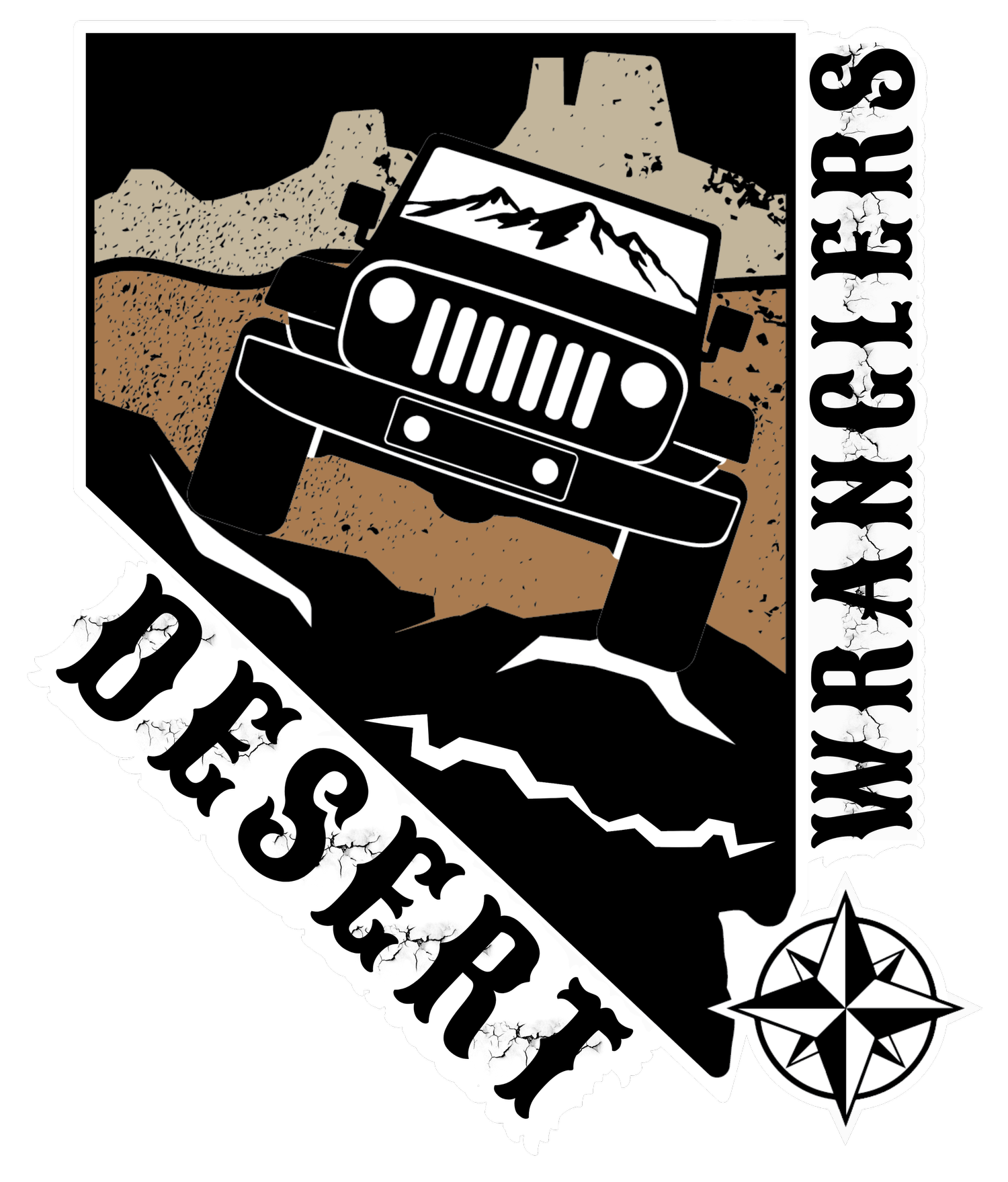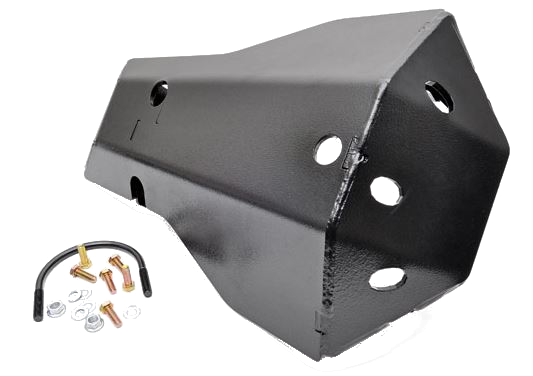Desert Wranglers
Training & Education
“The best Jeep trip is a safe Jeep trip!”
Learn more about your Jeep, it’s many parts, and important safety standards when maintaining or upgrading your Jeep.
Search for articles ➡
Search by Category
Search by Tag
- 2H
- 4 Wheel
- 4 Wheel Drive
- 4-wheel
- 4H
- 4L
- Air Compressor
- Air Pump
- All-terrain
- Anti-sway bars
- App
- Armor
- AT
- Bottle Jack
- Brakes
- Calipers
- Change a Tire
- Differential
- Differential Lock
- Disconnects
- Drilled Rotors
- Drive Train
- Driving in 4 Wheel
- Engine
- Equipment
- Floor Jack
- Four Wheel
- Four-Piston
- Gear Ratio
- Gears
- GMRS
- GPS
- Guards
- Hi Lift
- Hi-lift
- Hi-Lift Jack
- High
- How To's
- Jack Stand
- Jacks
- Limited Slip
- Lockers
- Low
- Map
- MT
- Mud-terrain
- Off Road Basics
- onX
- Product Review
- Pulley
- Radio
- Recovery
- Rock Sliders
- Scissor Jack
- Single Piston
- Skid Plate
- Sliders
- Slotted Rotors
- Snatch Block
- Sway Bars
- Tire Chocks
- Tire Deflators
- Tire Types
- Tires
- Tracking
- Trail Info
- Trail recording
- Transfer Case
- Two Wheel
- Two-Piston
- Waypoints
- Winching

The Difference Between 2H, 4H, and 4L in a Four-Wheel Drive Jeep
If you are headed for some intense off-roading, four-wheel drive (4WD) is the ticket. With this system, power is divided between front and rear axles so that maximum torque is going to each wheel. Because power is split evenly, all the wheels will turn at the same speed.





